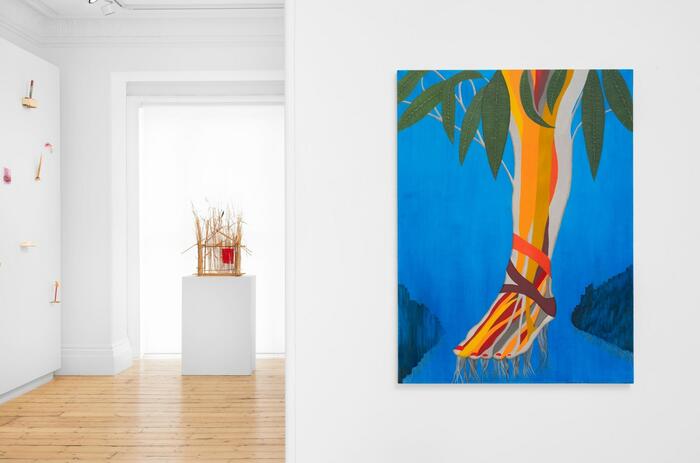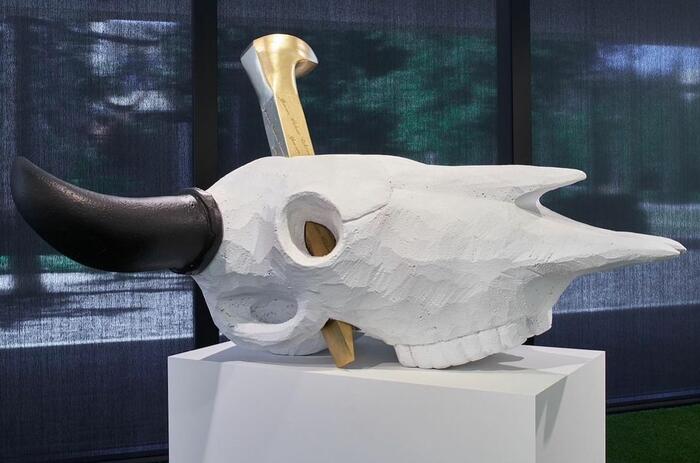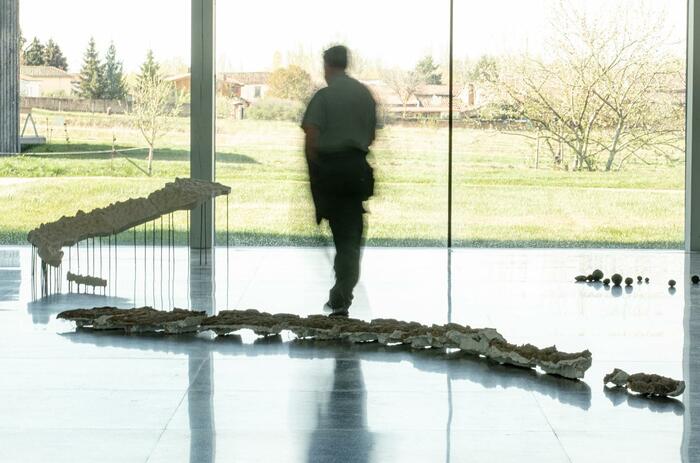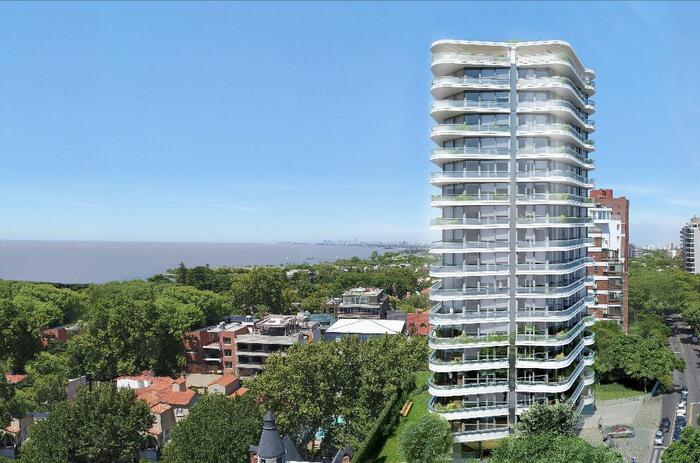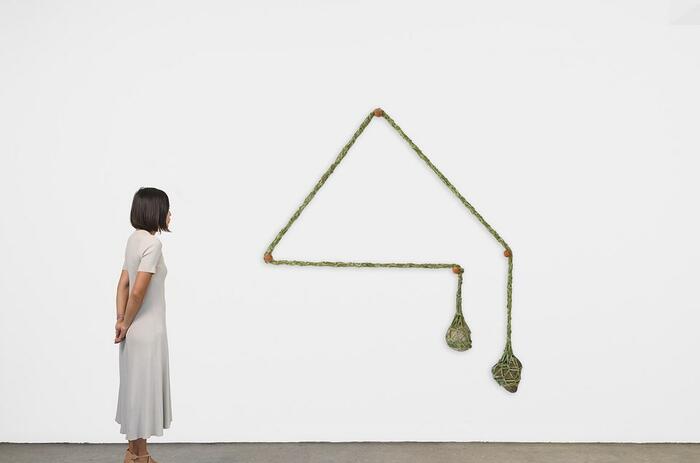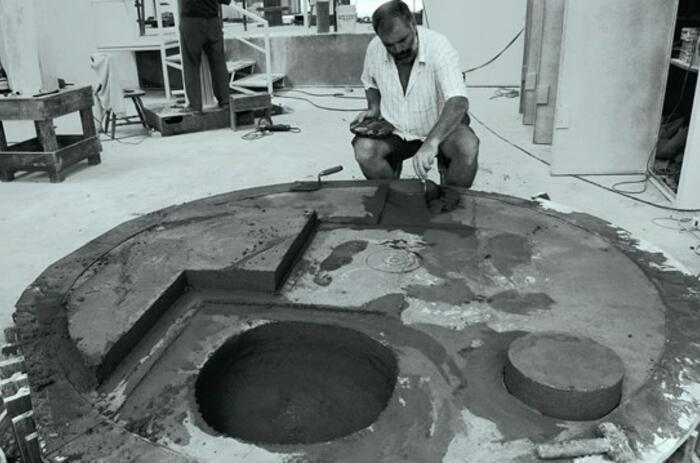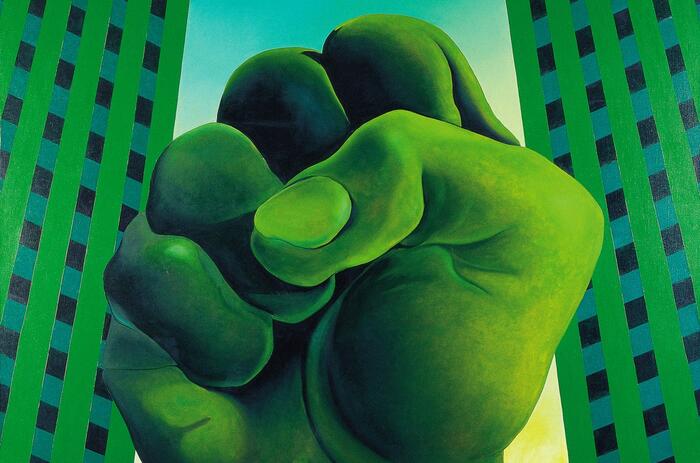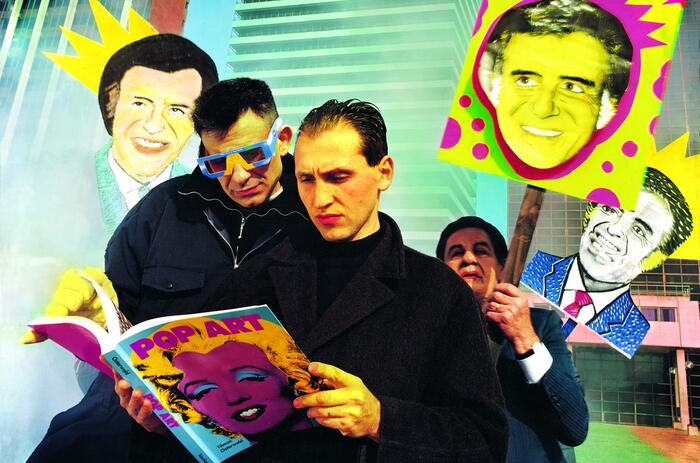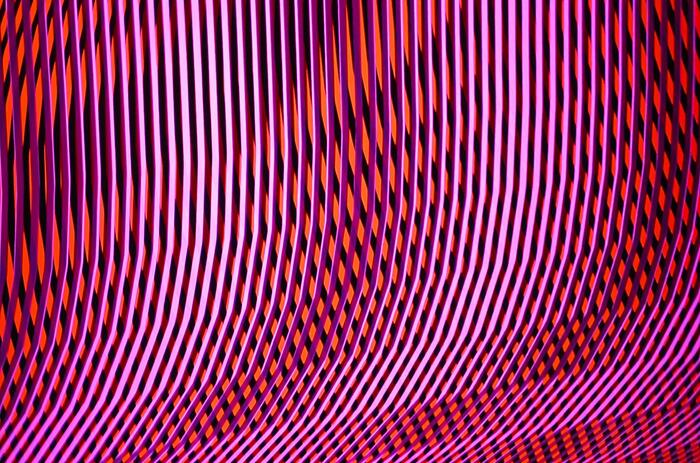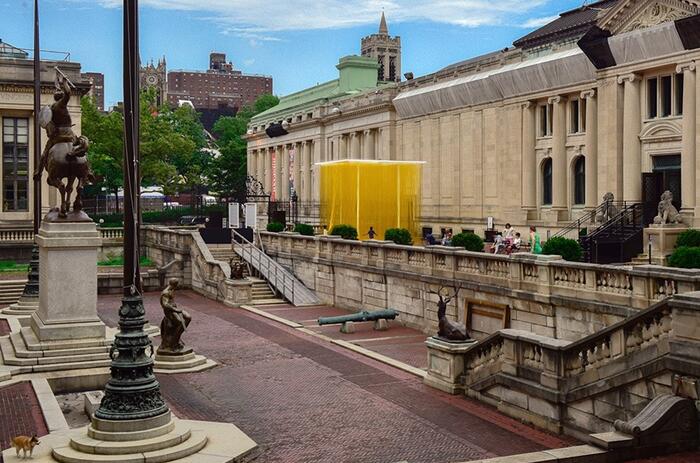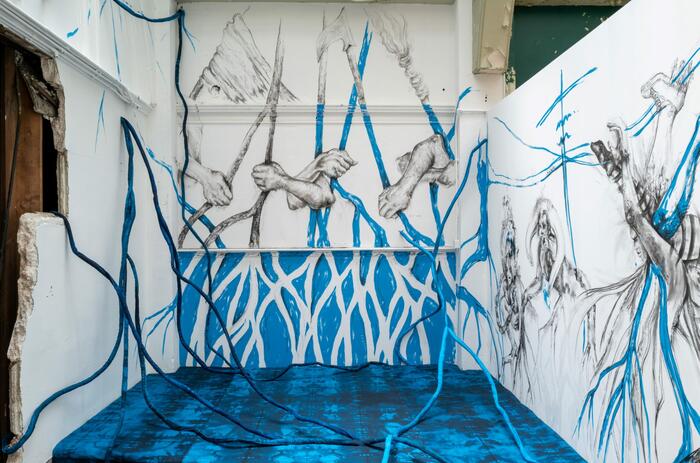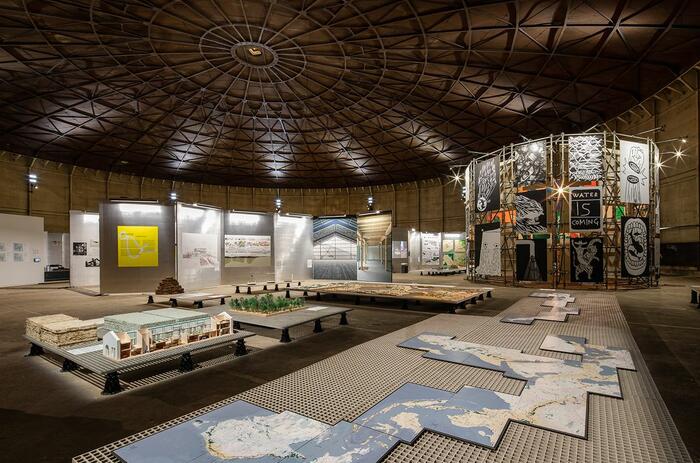TOMÁS SARACENO IN COLLABORATION: WEB(S) OF LIFE IN SERPENTINE SOUTH GALLERY
Tomás Saraceno launched in Serpentine South Gallery a living collaborative and multi-species exhibition that delves into how different life forms, technologies and energy systems are connected in the climate emergency.
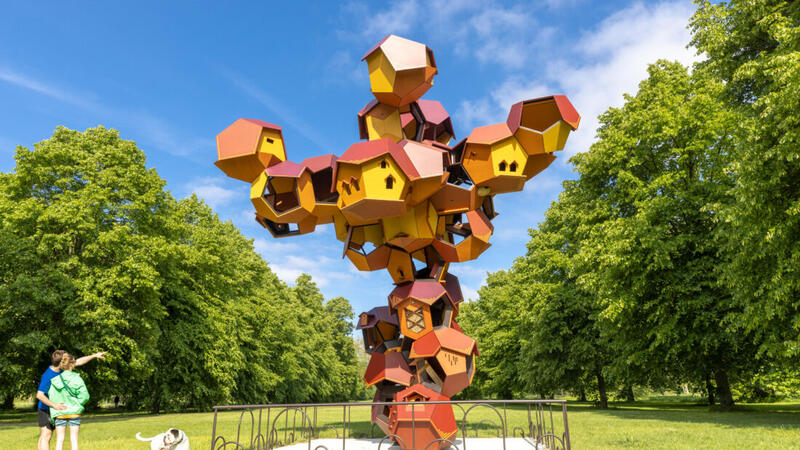
Tomás Saraceno is a multimedia artist whose work embraces interdisciplinarity and interconnectedness across ecosystems. Saraceno’s first UK solo exhibition invites participants to consider different forms of knowledge and non-human perspectives through a range of artworks, prompts and experiences which extend past the walls of Serpentine South, into The Royal Parks and beyond.
The exhibition draws on the artist’s ongoing research into spiders as a source of inspiration. The extraordinary architecture of their webs and their behaviours entangle us in various cultural perceptions, myths, and relationships. This ongoing project has been developed in collaboration with Arachnophilia, an interdisciplinary, research-driven community of humans, spiders and their webs, initiated by Saraceno.
-
Cloud Cities: Species of Spaces and Other Pieces*, 2023. Installation view at Tomás Saraceno In Collaboration: Web(s) of Life, Serpentine, London, 2023. Photography by Studio Tomás Saraceno.
-
Cloud Cities: Species of Spaces and Other Pieces*, 2023. Installation view at Tomás Saraceno In Collaboration: Web(s) of Life, Serpentine, London, 2023. Photography by Studio Tomás Saraceno.
-
The birds will keep calling you, 2023. Installation view at Tomás Saraceno In Collaboration: Web(s) of Life, Serpentine, London, 2023. Photography by Studio Tomás Saraceno.
-
The birds will keep calling you, 2023. Installation view at Tomás Saraceno In Collaboration: Web(s) of Life, Serpentine, London, 2023. Photography by Studio Tomás Saraceno.
-
World(ing)WideWeb(s).Life, 2023. Installation view at Tomás Saraceno In Collaboration: Web(s) of Life, Serpentine, London, 2023. Photography by Studio Tomás Saraceno.
-
Tomás Saraceno In Collaboration: Web(s) of Life, Serpentine, London, 2023. Photography by Studio Tomás Saraceno.
-
ArachnoAnacróArcano, 2023. Installation view at Tomás Saraceno In Collaboration: Web(s) of Life, Serpentine, London, 2023. Photography by Studio Tomás Saraceno.
-
In the shadows, 2023, & Cloud Cities: Species of Spaces and Other Pieces*, 2023. Installation view at Tomás Saraceno In Collaboration: Web(s) of Life, Serpentine, London, 2023. Photography by Studio Tomás Saraceno.
-
Cloud Imagination, 2023. Installation view at Tomás Saraceno In Collaboration: Web(s) of Life, Serpentine, London, 2023. Photography by Studio Tomás Saraceno.
-
Bi-cycles for life-cycles (go as fast as you can, as slow as you must*), 2023. Installation view at Tomás Saraceno In Collaboration: Web(s) of Life, Serpentine, London, 2023. Photography by Studio Tomás Saraceno.
-
Details of Web.Life 202.3. Courtesy the spider/webs. Photography by Studio Tomás Saraceno, Copyright Tomás Saraceno
Working with various interspecies communities and living ecosystems, including those from Salinas Grandes and Laguna de Guayatayoc (Argentina), Somié (Cameroon), Aerocene, Arachnophilia, and the Royal Parks, Saraceno encourages visitors to learn from their situated knowledge to sense bioindicators: organisms that can signal shifts in weather, climate, pollution levels, and ecological well-being. The exhibition features an immersive filmic installation, which marks the continuation of a long-standing relationship between the environmental artivism community Aerocene, also founded by Saraceno, and the communities of the Salinas Grandes and Laguna de Guayatayoc basin in Jujuy, Argentina, who are fighting to protect their lands against lithium extraction, driven largely by demand for batteries which is polluting and reducing one of the ecology’s scarcest resources: water. On entering this ‘living’ and responsive exhibition, visitors are invited to voluntarily surrender their mobile phones. Web(s) of Life invites us to break from our reliance on technology and reconnect with a more responsive approach to our environment.
Across Kensington Gardens, visitors can encounter interactive sculptures that engage the park’s many species, including birds, insects, foxes, and ducks. The infrastructure of Serpentine South also shifts to acknowledge and accommodate animals, plants, and humans of all ages: equipment, installation height, doorways, and all artworks are altered to further encourage the movement of living organisms and air.
Tomás Saraceno is an Argentinan-born, Berlin-based artist and researcher whose projects dialogue with forms of life and life-forming, rethinking dominant threads of knowledge in the Capitalocene era and recognising how diverse modes of being engage a multiplicity of meanings. For more than two decades, Saraceno has activated projects aimed towards rethinking the co-creation of the atmosphere, including Museo Aero Solar (2007–), the Aerocene Foundation (2015–), and Arachnophilia towards a society free from carbon emissions, for eco-social justice.
Saraceno’s work with local communities, scientific researchers, and institutions around the world, aims to seek out a more equal balance of human, techno and biodiversity, with the understanding that knowledge is produced from specific situations. He has held numerous residencies including MIT Center for Art, Science & Technology (2012–); has staged artistic interventions with COP20, COP21, and COP26; and received recognitions such as the Konex Platinum Award in Art and Technology (2022). Saraceno has been the subject of numerous solo exhibitions and permanent installations at museums and institutions internationally including the Museum of Old and New Art, Tasmania (2022); The Shed, New York (2022); Towada Art Center, Japan (2021); Carte Blanche at Palais de Tokyo, Paris (2018); Museo de Arte Moderno, Buenos Aires (2017); K21 Kunstsammlung Nordrhein-Westfalen, Ständehaus, Dusseldorf (2013); the Metropolitan Museum of Art, New York (2012); and Hamburger Bahnhof – Museum für Gegenwart, Berlin (2011), and has participated in numerous festivals and biennales, including the 17th Venice Architecture Biennale (2020) and the 53rd and 58th Venice Biennales (2009, 2019).

